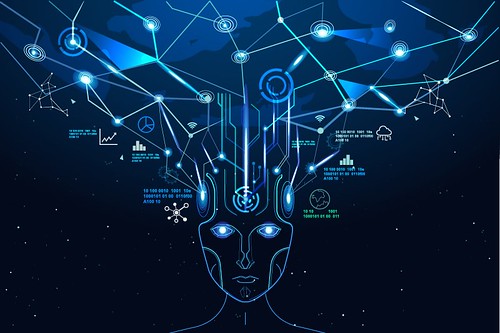The transition of legacy IT systems through AI integration may seem from the outside like a simple decision. The digital transformation of the marketplace and the use of machine learning applications to help develop and find new business opportunities make the adoption of AI applications the only logical choice.
While this is true, particularly for companies with ageing legacy IT systems, AI implementation is not such a simple process. The development time and application of integration solutions is a complex process and sensitive data must be protected throughout the entire data integration process. There is a need to preserve the benefits of these legacy systems while making a transition to an AI-capable model.
With this challenge facing many businesses today, how can organizations overcome the complexities of integrating AI capabilities into legacy IT systems?
Why Do Legacy Systems and AI Technologies Have Trouble Integrating?
Using an analogy to draw a parallel to the real world, legacy IT systems and AI systems are like a grandparent who immigrated to a new country to pursue a better life and a grandchild that grew up in that country. There are often language barriers between these generations, there are cultural differences and what they value (and where they allocate their resources) areno longer the same.
Legacy IT systems and AI applications are akin to this in many organizations and while they work to maintain and grow an organizations capability in the marketplace, their approaches are wildly different. The information in legacy IT systems is invaluable and mission-critical for many applications but it must be able to transform and evolve to approach the new world of commerce to be able to compete in the marketplace. What are the major challenges with integrating legacy IT systems with AI applications?
- Inconsistently Formatted and Indexed Data Sets
- Inaccessible or Fragmented Data
- Employees Unfamiliar with Artificial Intelligence (AI) Technologies
- Power and Computing Resource Allocation
- Potential Security Challenges
How Does the AI Integration Process Unfold When Working with a Legacy IT System?
To integrate AI capabilities into a legacy IT system, an organization must be willing to commit the resources necessary to drive this change. Legacy systems can be complex and cumbersome, and they may also be unable to transition simply (or in a cost-effective way). How do you begin this complex process of integration?
- Assess the Current IT Landscape
All legacy systems have their own unique intricacies. How is the data stored? Does the hardware available need to be upgraded to handle the computing power of new AI systems? Are these legacy IT systems currently secure? What type of resources can we allocate to an AI integration? Understanding the current IT landscape is key to an effective AI transition.
- Understand the Complexity of Migrating Legacy Systems
It is no simple task to migrate a legacy system to a cloud-based operation or to insert AI applications focusing on data into an existing IT department. Organizations should work with expertadvisors from both the AI systems manufacturer and the legacy IT infrastructure when looking to adopt new systems to ensure the smooth transition of IT capabilities.
- Examine All Possible Options
Knowing all your options is key to making the right decisions when considering integration with AI. What are the pros and cons of keeping the existing infrastructure or fully adopting a new AI-based system? Can a hybrid system work? Only when you know all the options can an informed decision be made.
- Determine Which Mission Critical Systems Need to Be Integrated with AI systems
There will be some systems that are more critical than others to transition to an AI-based system. It may be best to focus resources and effort on transitioning these first.
- Choose a Path Forward
Once resource allocation and the different options have been discussed, choosing a path forward will be determined by the combination of ideal outcomes and allocation of time and financial resources.
What Type of Benefits Are Derived from Integrating AI Into Legacy IT Systems?
While this process will be challenging, the benefits are well worth it. Competing in the marketplace and staying relevant in today’s world requires agility and nimbleness which can be difficult for legacy IT systems. Not only does integrating AI into legacy IT systems provide immediate benefits, but it also allows room for growth and change in the future, creating endless opportunities to take advantage of. According to a recent study by NTT “It can help IT teams streamline their operations, reduce downtime and lessen the impact of service disruptions by being more proactive in addressing issues before they affect users”.What are the benefits of integrating AI into legacy IT systems?
- More Agility in the Marketplace
- Better User Engagement
- AI Algorithms Can Predict User Behavior
- Better Data Management Etc.,











FIND US ON SOCIALS